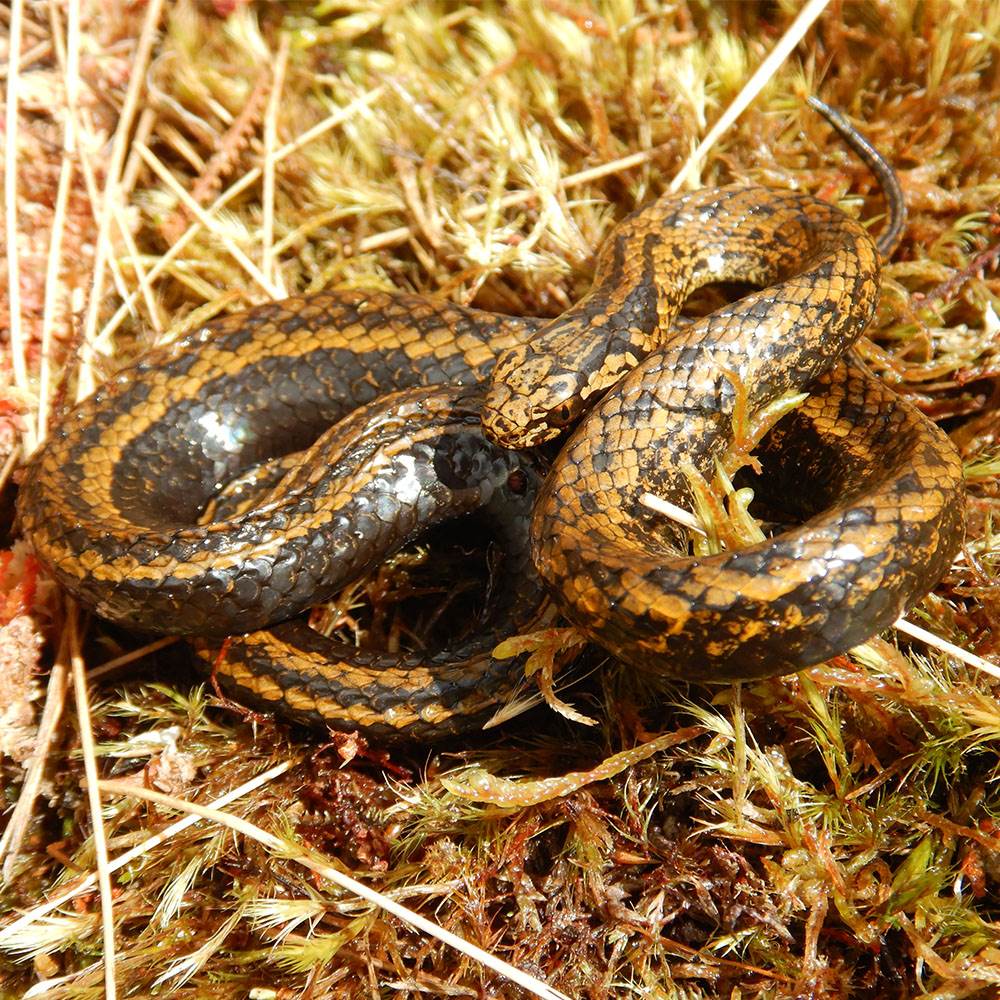Harrison Ford. Why’d it have to be Harrison Ford? The star of the Indiana Jones franchise has had a long relationship with snakes and now one of them even shares his name.
- According to The Hollywood Reporter, researchers have discovered a new species of snake in Peru’s Andes mountains and named it after Ford.
- The species is called Tachymenoides harrisonfordi, and it’s described as a type of slender snake that measures 16 inches long.
- As you can see in the image below, the snake is pale yellowish-brown with scattered black blotches, a black belly and a vertical streak over his copper-colored eye.
- Only one male snake was found during a collaboration between researchers from Peru and the United States in May 2022.
- Information on the new species was published today in Salamandra, a scientific journal.
- The researchers say they named the snake after 81-year-old Ford to honor his decades-long environmental advocacy, evidenced by his role as vice chair of Conservation International.
What they’re saying:
- Harrison Ford: “These scientists keep naming critters after me, but it’s always the ones that terrify children. I don’t understand. I spend my free time cross-stitching. I sing lullabies to my basil plants, so they won’t fear the night. In all seriousness, this discovery is humbling. It’s a reminder that there’s still so much to learn about our wild world — and that humans are one small part of an impossibly vast biosphere. On this planet, all fates are intertwined, and right now, one million species are teetering on the edge of oblivion. We have an existential mandate to mend our broken relationship with nature and protect the places that sustain life.”
- Edgar Lehr, a professor of biology at Illinois Wesleyan University: “For a biologist, describing a new species and making it public with its new name is one of the most vital activities during the biodiversity crisis. We hope the new snake will create awareness about the importance of biological fieldwork that intends to discover the unknown — often an adventurous and expensive process requiring more financial support from funding agencies. Only organisms that are known can be protected.”


